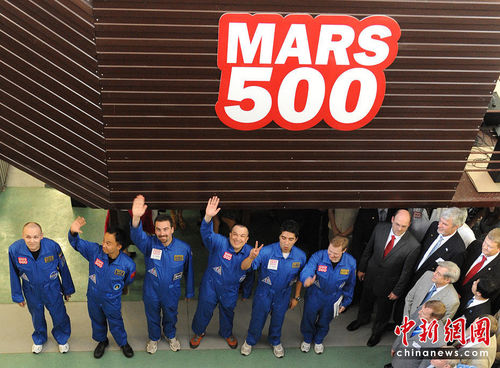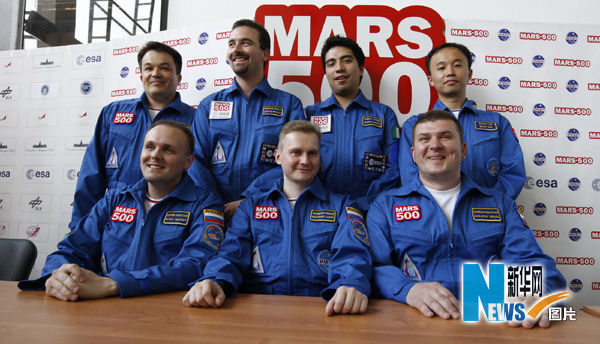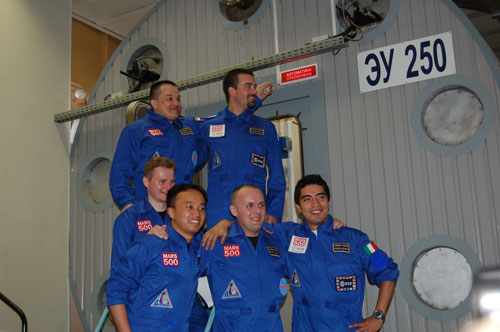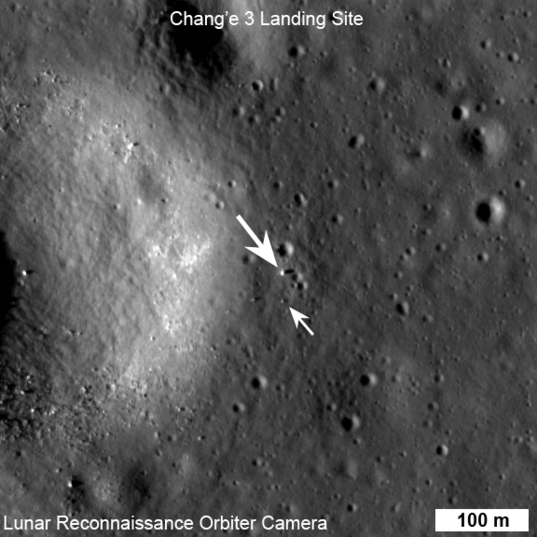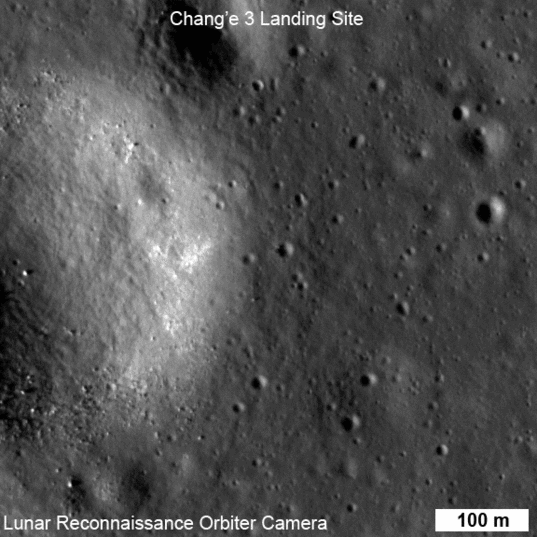China launches communications satellite for Bolivia
China launches communications satellite for Bolivia, Xi voices congratulations - Xinhua | English.news.cn
XICHANG, Sichuan, Dec. 21 (Xinhua) -- China successfully sent a Bolivian communications satellite into orbit with its Long March-3B carrier rocket from southwest Xichang Satellite Launch Center at 0:42 a.m (Beijing Time) Saturday.
Bolivian President Juan Evo Morales Ayma was present, the first time a foreign head of state has witnessed a satellite launch in China.
The satellite was produced by China Aerospace Science and Technology Corporation (CASC) with a designed longevity of 15 years. It is Bolivia's first communications satellite.
The satellite is named Tupac Katari in homage to an 18th century indigenous hero who fought Bolivia's Spanish colonizers.
Chinese President Xi Jinping sent a message of congratulations to President Morales, saying the successful development and launch of the satellite represents the latest achievements and level of cooperation between China and Bolivia in the field of science and technology.
"The satellite will play an important role for Bolivia to improve its broadcasting, education and medical services. It will make important contributions to promote cooperation between China and Latin American countries," Xi said.
Bilateral ties have been progressing smoothly while pragmatic cooperation in all areas are making steady headway since China and Bolivia established diplomatic ties 28 years ago, Xi said.
Xi said China hopes for more space collaboration with Bolivia, which will promote mutual beneficial cooperation and friendly relations, bringing benefits to the people of both countries.
Related:
[Video]Chinese president meets Bolivian counterpart
China, Bolivia promote friendly relations
BEIJING, Dec. 19 (Xinhua) -- China and Bolivia on Thursday vowed to further promote their friendly and reciprocal relationship in talks between the two presidents.
President
Xi Jinping and visiting Bolivian President Juan Evo Morales Ayma agreed in their talks at the Great Hall of the People that the two countries should keep up high-level engagements; strengthen communication between governments, legislatures and political parties; share experience on state governing; and continue to support each other on major issues involving each other's core interests.
Full story
Bolivia unveils ground control station for Chinese-made satellite
LA PAZ, Dec. 2 (Xinhua) -- Bolivian President Evo Morales inaugurated on Monday the first ground control station built to operate and receive data from Chinese-built Tupac Katari satellite.
"I am very pleased with the progress" made in this area, Morales said at the opening of the facility in El Alto, Amachuma, some 35 km west of the capital.
Full story
TKSat-1, also known by Tupac Katari, is the result of an agreement signed on December 13, 2010, by the China Great Wall Industry Corporation (CGWIC) and the Bolivia Aerospace Bureau.
The contract for the Tupak Katari Communications Satellite Program was signed in La Paz, the administrative capital city of Bolivia. Mr. Ivan Zambrana, Executive General Director of ABE, and Mr. Yin Liming, President of CGWIC, executed the contract as the representative of each party.
According to the contract, CGWIC was responsible for delivering the Tupak Katari communications satellite into orbit and the relevant ground application system to Bolivia. The satellite was developed from the DFH-4 platform, which is manufactured by China Academy of Space Technology (CAST).
With 30 transponders on board (26 Ku-band, 2 C-band and 2 Ka-band), the Tupak Katari satellite is designed for a 15 year mission duration.
The contract also included the launch of the satellite using the Long March-3B/E launch vehicle developed by China Academy of Launch Vehicle Technology (CALT), from Xichang Satellite Launch Center (XSLC). China Satellite Launch & Tracking Control (CLTC) were responsible for the ground segment.
Tupak Katari will begin orbit operations at 87.2 degrees West longitude in March 2014.
The satellite’s launch mass was 5,100 kg, with 30 transponders, four of which will be used for TV transmission only and the rest for transmission and reception. The satellite will also service Venezuela, Colombia, Ecuador, Peru, Bolivia, Paraguay, Uruguay, North of Chile and Argentina, and the East of Brazil.



